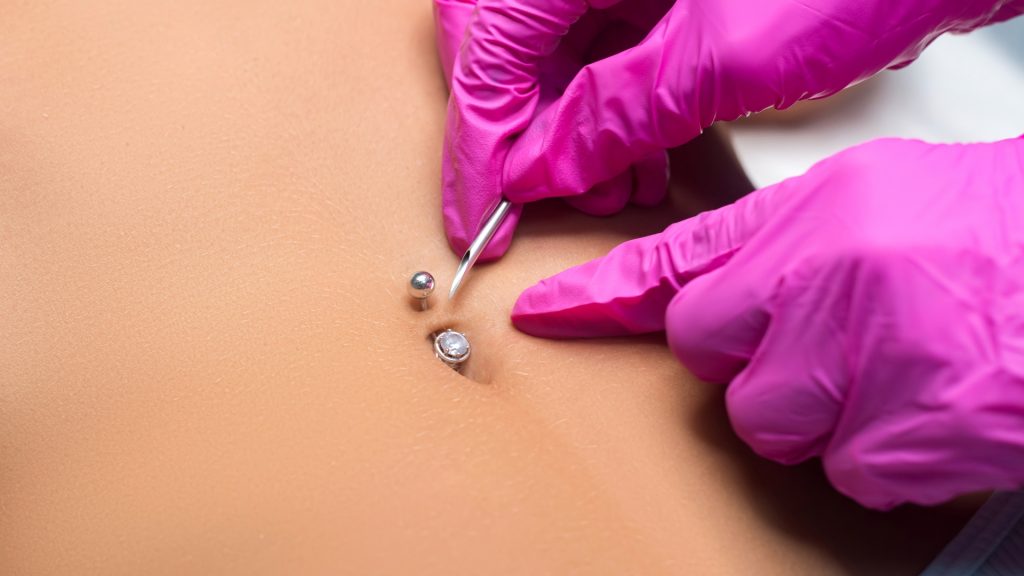Piercing is a process that is new to many people in our circle, such as friends and family. As social animals, we always prefer to discuss a plan with others, and it often happens when asking about piercings; many give us suggestions that are pure myths.
One reason for these fibs is that people mix up terms, and another is that piercings are still being figured out, so some old ways are actually wrong. So, let’s clear the air. Here are some usual piercing myths and what’s actually true.
Twisting the piercing and moving it are supposed to be healing
Entirely wrong, and it doesn’t prevent it from sticking. Twisting and moving a fresh piercing is very harmful. Basically, our hands are never totally clean, and messing with the piercing can make it worse by letting in germs. So, the best bet is to just leave it be as much as you can. Just give it a soak with some gentle saline solution twice a day, and you’re good to go.

Infectious piercings are very common
Piercing healing is quite simple when you practice a proper care routine and avoid certain movements (which are not difficult at all). So, those who say piercings often cause infection are wrong. It is entirely up to the person on how they handle it. Those who have more than one piercing say that they don’t suffer from an infection.
Sometimes, those symptoms you’re seeing might not actually mean you’ve got an infection. It’s like your body’s way of adjusting to the new addition. So before you freak out and start Googling symptoms, it might be worth chatting with a pro to get the lowdown.

Nipple piercing can mess up breastfeeding
That’s just a myth. Sure, nipple piercings might come with their own set of challenges like complications or scarring, but they don’t have to put the brakes on breastfeeding. Most women who’ve had their nipples pierced can still nurse their babies without any issues.

Piercing guns are ok to use
They’re just not cut out for the job when it comes to any kind of body piercing. First off, they can cause some serious damage to your skin and cartilage because of the blunt force they use. Plus, since they’re often made of plastic, they can’t be properly sterilized like metal tools can.
Keloid occurs more in cartilage piercing
keloid” and “piercing bump” aren’t exactly interchangeable terms, despite what some might think. When you see a little bump near your piercing, it’s probably not a full-on keloid. Those bumps can pop up for all sorts of reasons, like not taking care of your piercing properly, accidentally bumping it, or using jewellery that doesn’t agree with your skin. These bumps usually chill out on their own without causing too much trouble.

Piercings can affect security scanners
Most of the time, those piercings aren’t gonna cause any drama with the scanners. Your jewellery is more like a silent partner when it comes to airport security. Scanners are looking for bigger fish to fry, like weapons, so there is no need to stress about extra searches or awkward questions from the TSA.
If a hole closes up, you can just pierce it again.
Re-piercing old sites isn’t always a good idea. Scar tissue is weaker and can lead to drainage problems and infections. Before you give it a go, consult with a piercing expert first.

Tongue piercing might affect talking
Right after getting your tongue pierced, it can feel a bit strange to talk. But once you give it a shot, talking usually isn’t as tough as it seems. It’s more about getting past that mental hurdle of having something new in your mouth and worrying about bumping it by accident.
The ointment helps with healing
Believe it or not, slathering on ointment might not be the best move for your healing piercing. It turns out that ointment can actually do more harm than good by trapping dust and other nasties against your skin, potentially leading to an infection. So, it’s best to steer clear and let your piercing breathe easy!
